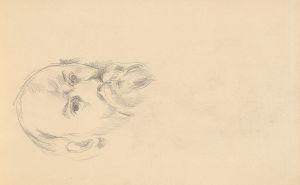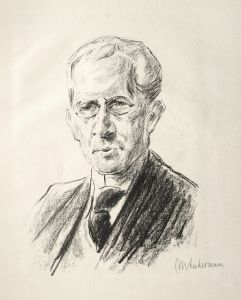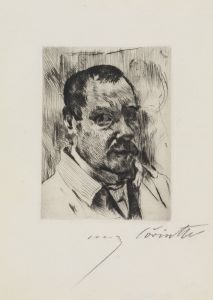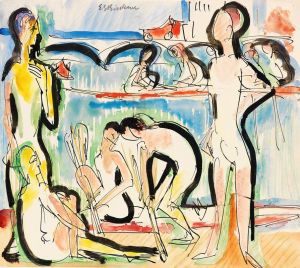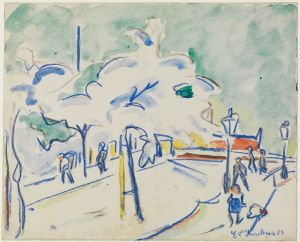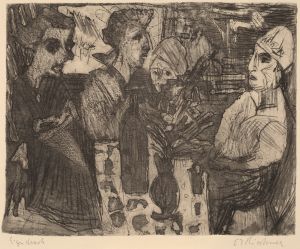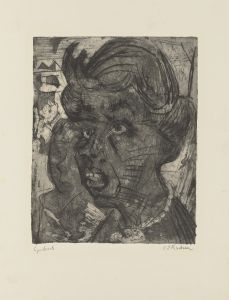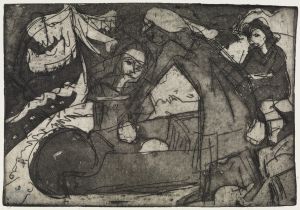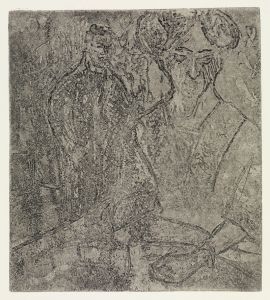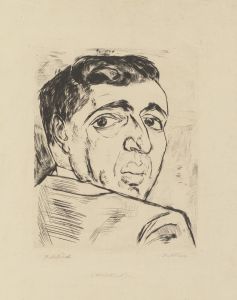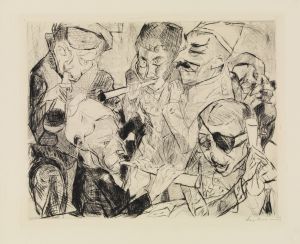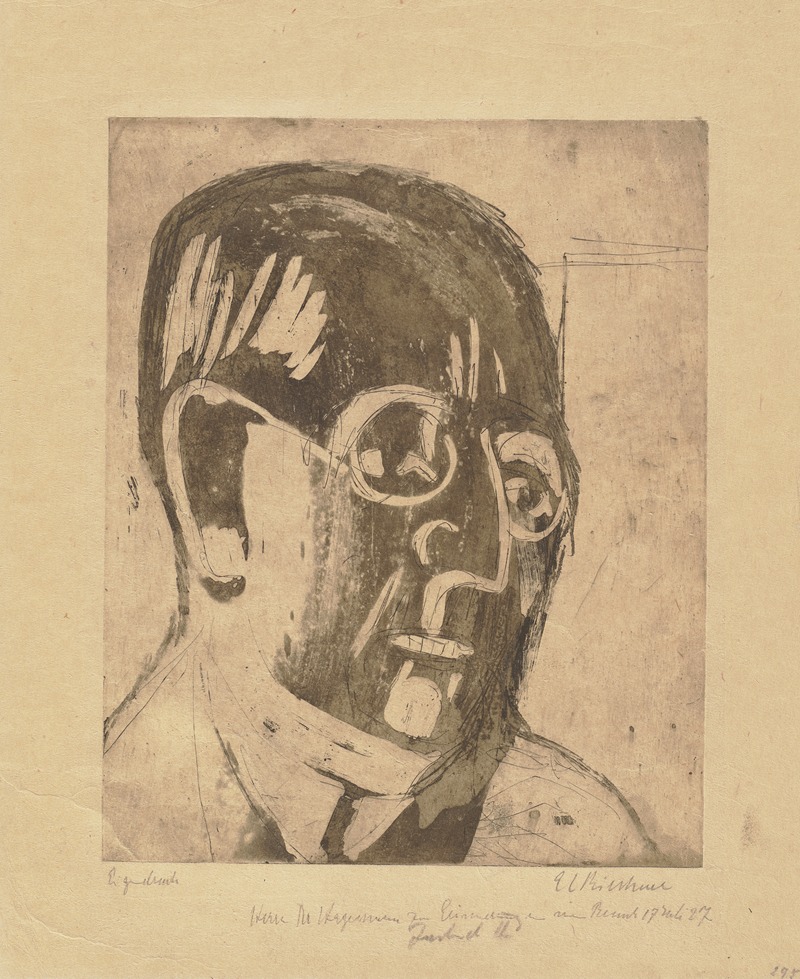
Portrait Carl Hagemann
A hand-painted replica of Ernst Ludwig Kirchner’s masterpiece Portrait Carl Hagemann, meticulously crafted by professional artists to capture the true essence of the original. Each piece is created with museum-quality canvas and rare mineral pigments, carefully painted by experienced artists with delicate brushstrokes and rich, layered colors to perfectly recreate the texture of the original artwork. Unlike machine-printed reproductions, this hand-painted version brings the painting to life, infused with the artist’s emotions and skill in every stroke. Whether for personal collection or home decoration, it instantly elevates the artistic atmosphere of any space.
Ernst Ludwig Kirchner, a prominent German expressionist painter and a founding member of the artist group Die Brücke, created the painting "Portrait Carl Hagemann" in 1926. This artwork is a significant example of Kirchner's mature style, characterized by bold colors, dynamic compositions, and expressive forms. Kirchner's work often explored themes of modernity, psychological depth, and the human condition, and this portrait is no exception.
Carl Hagemann, the subject of the portrait, was a notable German chemist and an avid art collector, particularly of expressionist works. Hagemann was a significant patron of the arts during the early 20th century and supported many artists associated with the expressionist movement, including Kirchner. His collection included works by members of Die Brücke and other avant-garde artists of the time. Hagemann's support was crucial for Kirchner, especially during periods of financial difficulty and personal struggle.
In "Portrait Carl Hagemann," Kirchner employs his characteristic style to capture not only the physical likeness of Hagemann but also to convey a sense of his personality and presence. The painting is marked by its vibrant color palette and dynamic brushwork, which are hallmarks of Kirchner's expressionist approach. The use of color in the portrait is particularly noteworthy; Kirchner often used non-naturalistic colors to evoke emotion and psychological depth, and this technique is evident in the way he portrays Hagemann.
The composition of the portrait is both intimate and powerful. Kirchner's use of line and form creates a sense of movement and energy, drawing the viewer's eye across the canvas. The background is typically simplified, focusing attention on the subject's face and expression. This approach reflects Kirchner's interest in capturing the essence of his subjects rather than merely their outward appearance.
Kirchner's relationship with his subjects was often deeply personal, and this is reflected in the way he portrays Hagemann. The portrait is not just a depiction of a patron but also a testament to the mutual respect and understanding between the artist and his subject. Hagemann's support of Kirchner and other expressionist artists played a significant role in the development and recognition of the movement, and this portrait serves as a tribute to that relationship.
"Portrait Carl Hagemann" is housed in the Museum Ludwig in Cologne, Germany, which holds an extensive collection of modern art, including works by many expressionist artists. The painting is an important part of Kirchner's oeuvre and is representative of his contribution to the expressionist movement. It stands as a testament to the artist's skill in capturing the complexity of human emotion and the vibrancy of modern life through his unique artistic vision.






